Joshua Hutchins fills up his Toyota Prado and says bon voyage to the family before heading off on an epic adventure from Tassie to the top of Cape York.
When I first hatched the plan of a road trip along the east coast of Australia, travelling from Tasmania to Cape York, chasing my bucket-list fish along the way, it all seemed so straightforward. As I explained to the wife: I’ll just load up the 4WD, charge my camera, prep the gear and 10,000km later, the job would be done. Simple! When she discovered that (a) she wasn’t invited and (b) the trip would mean a serious amount of time away from home, the questions started. When will you see the family? Have you thought about the tides, weather, boats, fishing? How are you going to get your car back? Do you even care about us? As any committed fisherman and family man would do, I ignored all those pesky details and invited my mate Kane Chenoweth along for the ride. And just in case the trip wasn’t epic enough, we decided to film the whole journey as part of the international fly-fishing festival.
01 TASSIE
We started at the cold end — Tasmania. I sent a text to my film guy, who usually only rocks shorts and T-shirts. “Most of the trip will be warm, but Tassie will be cold, really cold.” I figured he’d work it out. We arrived in Tassie, met up with young local angler Thomas Cramp and gave him the brief: “We have three days and need to catch a brown trout.” Tom responded in Tasmanian — I couldn’t quite understand, but his gestures and facial expressions suggested he was on board with the program. Adding more gear to the Prado, we made our way into the hills. Tassie’s central plateau is known as the Land of a Thousand Lakes and features a mixed landscape. We journeyed through farmland, lush rainforest and open rocky plains. Despite the beautiful surroundings, we were there for the fish. And since 1864, Tasmania has been home to some of the most unhassled wild brown trout on the planet — our target. We woke up to a full blanket of snow across the lakes. In true Tassie form, the rain fell and the wind blew, and an underdressed Kane nearly froze to death. No matter, we did what we came to do and bagged a humble but satisfying Tassie trout, the perfect start to an epic trip.
TASSIE TIP
IDEAL FLY ROD: 5wt, 9ft rod/reel to match, floating line only
FAVOURITE FLY: For early season, you can’t go past a Woolly Bugger in size 6-10
TOP TIP: Pack plenty of warm clothes, avoid blind fishing as much as possible and search the immediate shores for brown trout that are patrolling the banks looking for food
BEST FISH: 4lb brown trout
02 SYDNEY HARBOUR
Our next location was the sparkling (and slightly warmer) Sydney Harbour and our mission a kingie. We twisted the arm of local guide and Captain regular Justin Duggan into delivering two days on the water to see what we could find. After a coffee in the sun, we kicked off our first day chasing schools of Australian salmon hanging out around the heads. We had a blast, but knew we had to get serious if we wanted to land our target. On the second day, it all came together. After a slow morning — and lots more coffee — the action started to heat up in the afternoon. In front of the Harbour Bridge, with the sun on our backs, kingfish schools were surfacing everywhere we looked. Justin had us throwing Orange Squid imitation flies and once they hit the kingies, no way that fly was getting out alive. I’ve fished with Justin many times before, but it’s still some of the best harbour fishing I’ve had. And to experience it in the centre of a city of five million is pretty unique.
SYDNEY TIP
IDEAL FLY ROD: 8-10wt rod/reel with a F/I Line (floating with an intermediate sinking head)
FAVOURITE FLY: 1/0 white/ Chartreuse Clouser or 1/0 Orange Squid fly
TOP TIP: Search for the surface schools and don’t lose heart if they are not immediately biting, they will
BEST FISH: Multiple kingies
03 NEW ENGLAND
Next on our hit list was bagging a Murray cod from the New England area in northern NSW. Driving from Sydney to Glen Innes, the landscape was barren and dry. Streams were empty, trees were parched, and I’ve never seen the countryside look so brown. Relying on our own knowledge, we headed to some small creek water south of Glen Innes. To our surprise — and nearly 40 cod later — it seemed the dry landscape still held plenty of fish. It was a great start and a fun day, but we wanted bigger fish. That night, we were joined by local angler John Everett, who took us to one of his favourite stretches of river. Laying out our swags, we slept on the riverbank, eagerly awaiting the dawn.
Morning came, the coffee was brewed, and we rigged up some topwater flies. After only four or five casts into the pool, John was suddenly hooked up. A large cod exploded on the surface and it was all systems go. We were after something big and John delivered. This fish was nearly one metre long. Another one ticked off the list. The rest of the day fished well, with plenty of smaller cod, but before long it was time to fill up the tank and continue north.
NEW ENGLAND TIP
IDEAL FLY ROD: 9-10wt rod/reel with floating or F/I line to match. We recommend the Scientific Anglers Titan series lines for ease of throwing big flies
FAVOURITE FLY: Cod Charmer & Cod Snack in size 4/0 to 6/0 tied by John Everett
TOP TIP: For the warmer months, prioritise the lowlight periods of the day
BEST FISH: 90-100cm Murray cod
04 GLADDY
While we couldn’t have predicted the border closures COVID-19 would bring only a few months ahead of us, it still felt significant crossing from one state to another. Driving into Queensland, there was so much potential ahead. To make the most of the sunshine state, we left the main road and cruised up the beach to Noosa — the scenic route. While it delivered on the scenery, we also nearly got bogged, so it was good to get back on the main road. Next stop, Gladstone. I’ve fished Gladdy several times with Justin Nye, who runs a charter business there. The weather and the tides were looking good, so we prepared for a few days on the water with Justin. Heading out on day one, the conditions were all glamour. The warmth of the Queensland sun made the Tasmanian snow feel like a lifetime ago. Several golden trevally graced us on the flats, but we missed a few big GTs. Day two, we ticked off a shallow-water queenie, but missed even more GTs. Day three saw more goldies. We’d really wanted to get a big permit on this leg of the trip, but it didn’t happen. Ah well, plenty more stops to go. Leaving such perfect weather didn’t seem like the right thing to do, but after our three days’ fishing, we were back on the road.
GLADSTONE TIP
IDEAL FLY ROD: 8-10wt rod/reel with floating or F/I line will cover most applications
FAVOURITE FLY: 1/0 Shrimp fly was the star performer for the goldies. The queenfish will eat just about anything
TOP TIP: Be patient, fishing the flats means less shots and spooky fish. But the rewards are often great
BEST FISH: Metre-plus queenies in less than 2ft of water
05 WHITSUNDAYS
Despite the countless options fishing up the east coast, we decided to stick to the plan and head straight to the Whitsundays. It’s a beautiful drive, but it was somewhat painful knowing how much good fishing we were missing out on. However, the glamour weather was following us northwards, which soon made those regrets disappear. At Airlie, we caught up with Matty Scholz and James Barwick. These two fishy lads are always on the water and we quickly hatched a plan. Matty was kind enough to loan us the keys to his Haines Signature 543SF. This baby knows how to dance and dart around the islands — exactly what we needed.
There are so many options in the Whitsundays, but we had one fish in mind — the electric-blue, hardfighting, pride-breaking black spot tusk fish. Aka blueys or bluebones, they’re highly sought-after and also my nemesis — I’ve caught a few in the NT, but east coast tuskies have always given me the slip. On day one, Matty joined us on the water and, separating the locals from the tourists, landed a good tuskie straight up. However, the next few did just what they’re known for — ran straight into rocks — making us all look like fools. I eventually managed to break my curse and land a small one, but my big tuskie dreams remained unfulfilled. Those tuskies were intent on demoralising us. Huge fish after huge fish seemed willing to eat, but then would quickly run our lines through the nearest rock shelf. Over the next few days, we caught heaps of tuna and brown bastards, aka Harry hotlips, but came out second-best in every tuskie battle. Even though we had given the tuskies a (small) tick, I still had my tail between my legs!
WHITSUNDAYS TIP
IDEAL FLY ROD: 9-10wt rod/reel with floating line
FAVOURITE FLY: Big Brown Crab 1/0 is a favourite for the tuskies
TOP TIP: Tuskies fight extremely hard. The best option is to go hard on them early, even then, they still break your heart
BEST FISH: Matty’s tuskie
06 EAST CAPE
While there would be lots of highlights from this trip, East Cape was always going to be special. Nick Milford from East Coast Angling had invited us on board his mothership to spend a week exploring the east side of Cape York. Crystal-clear water, bleachwhite sand and remote islands — there are few places more stunning than the inner Great Barrier Reef islands, shallow reefs and sand cays of Cape York. With thousands of kilometres behind us, we arrived enthusiastic for the week ahead. Each day, the mothership shifted location, accessing new areas for us to fish.
As with our other destinations, we had a few target species and despite less than ideal weather, managed to cross a few off the list. GTs in shallow water: tick. Big blue bastards: tick. Seven permit as a personal best: tick. Permit are the holy grail of saltwater fly fishing, with many anglers going their whole life hoping to catch just one. East Cape delivered the goods. Unlike camping in the snow or swagging by the river, each day ended with a hot shower, canapes and beers on the deck at sunset, and the promise of a comfy bed. I could get used to this. But as with all our destinations, there came a point where we had to move on. There was more fishing to be done — and, hopefully, a family to return home to.
EAST CAPE TIP
IDEAL FLY ROD: 9, 10 & 12wt rods/reels to suit with floating lines only. GTs break gear, we recommend the Scientific Angler Big Water taper line for GTs as it has a 100lb core
FAVOURITE FLY: 1/0 White or Brown Alphelxo Crab fly for the permit/blue bastards. 6/0 Black Brush fly for the
GTs TOP TIP: Carry two rods at once. The 9-10wt for the permit/blue bastards, and the 12wt for the GTs. Clip one rod to your bag and have the rod in hand ready to cast
BEST FISH: Seven permit
07 WEST CAPE
We’d come a long way by this point, with one of the most iconic fish on our target list left to go — a barramundi on the fly. I reached out to local Weipa guide Ben “Notso” Bright with a simple request. “Mate, this is the last fish we need, a decent barra on fly. We’ve got two days.” Notso is your classic, “No worries mate,” sort of guy and I don’t think I’ve ever met anyone so clued-up on fish. On day one we hit the water and within the first five minutes, it happened. Arriving at the first shallow drain at the end of a mangrove flat, I connected to a bloody nice barra. “You beauty!” I laughed. “Wish they were all that easy.” I
’m not sure if it was Notso, or if Weipa is just special, but every corner we visited offered even more barra. We sight-fished them and caught them on poppers. The water was teeming with fish. Threadfin salmon, queenies and tarpon filled the gaps and after two action-packed days, we didn’t want to leave. Nevertheless, after a standard North Queensland crocodile and box-jellyfish tour, it was time to move on. Farewelling Notso, we packed our swags and headed for our final destination: the very tip of Australia.
WEST CAPE TIP
IDEAL FLY ROD: 9wt rod/reel with floating or F/I flyline
FAVOURITE FLY: Gold Bomber and Pink Thing in 2/0
TOP TIP: Barra love to eat the fly when it is paused during the retrieve. Fish drains and likely snags
BEST FISH: 78cm barra
08 TOP OF THE CAPE
After an incredible trip over such varied landscapes, having encountered so many great fishing experiences, it was a surreal to make it to the top. Even knowing we’d travelled 5000km to that point and still had to drive home, it was still a great feeling. We took the mandatory photo beside the small sign that carries a big weight: “You are standing at the northernmost point of the Australian continent.” Holding onto that sign, I was overwhelmed by the whole experience — and the fish: trout, kingfish, Murray cod, golden trevally, queenfish, tuskies, tuna, GTs, blue bastards and barramundi.
It’s one thing to say, “Let’s do a road trip,” but lining up seven different locations, connecting with local guides, hoping for good weather, having one shot at each species and covering thousands of kilometres quickly becomes a logistical nightmare. Some of the fish seasons didn’t line up — and we even left my car in Cairns and Gladstone while I flew to Mongolia and Greenland for pre-organised trips.
This experience topped off the most insane three months of my life. From snow to sun, barren to blooming, basic to luxury, this trip had it all. We live in an amazing country and there’s no better time to enjoy it. There’s an awful lot going on in our own backyard — and with most of the rest of the world off-limits for who the hell knows how long, there’s never been a better time to get out, explore and enjoy what this big bastard of a continent has to offer. And catch a few fish.

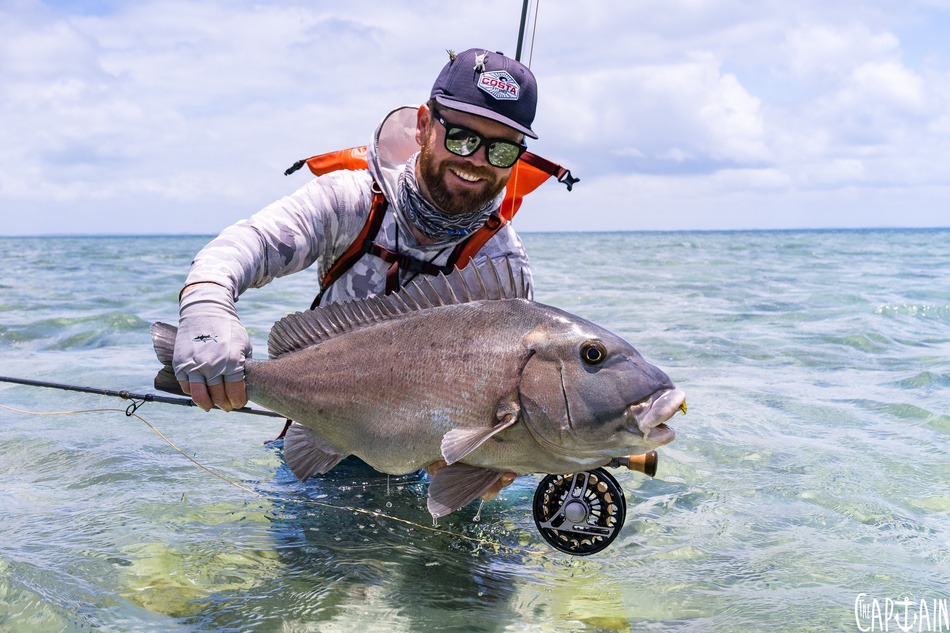
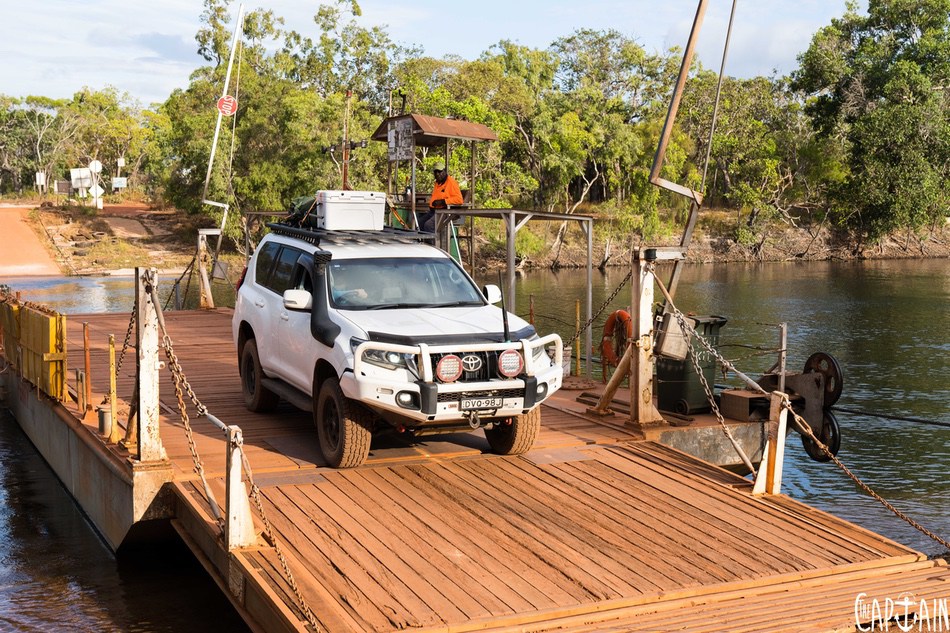

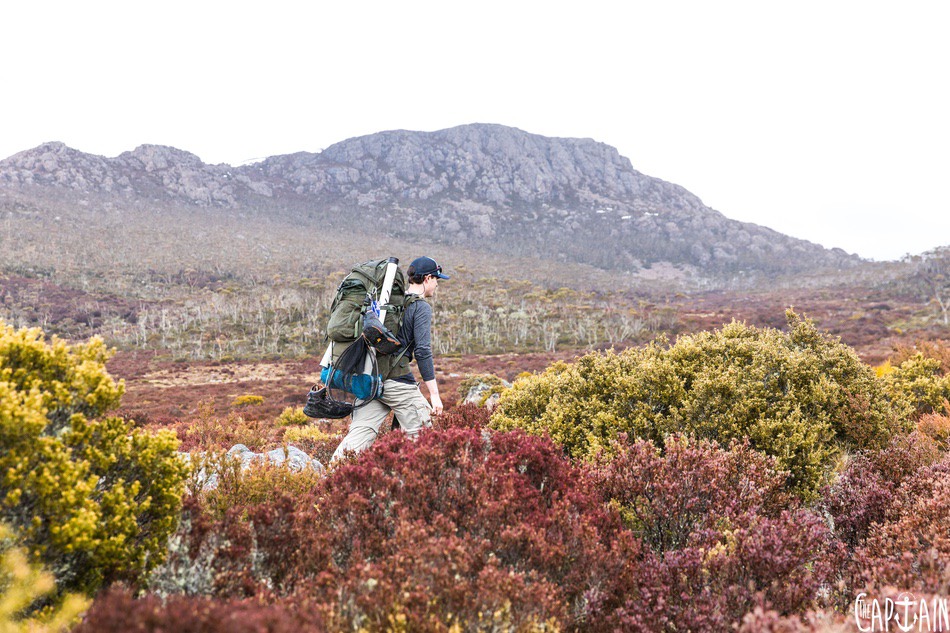

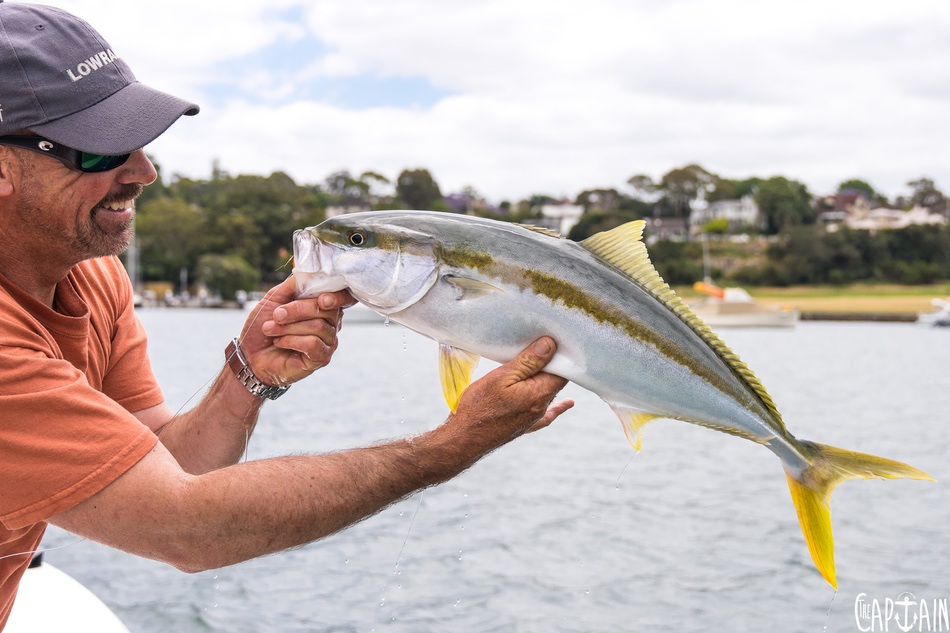
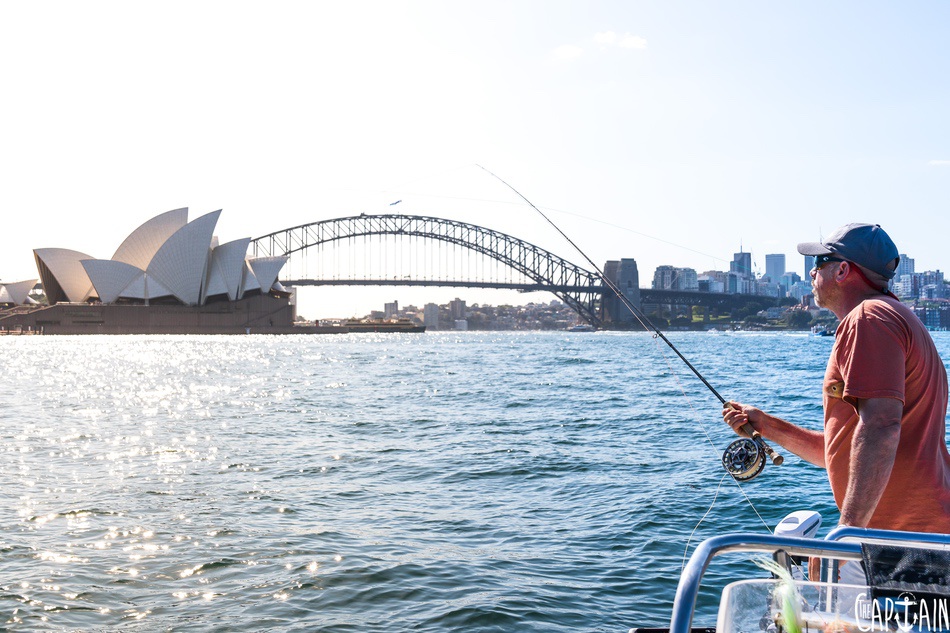
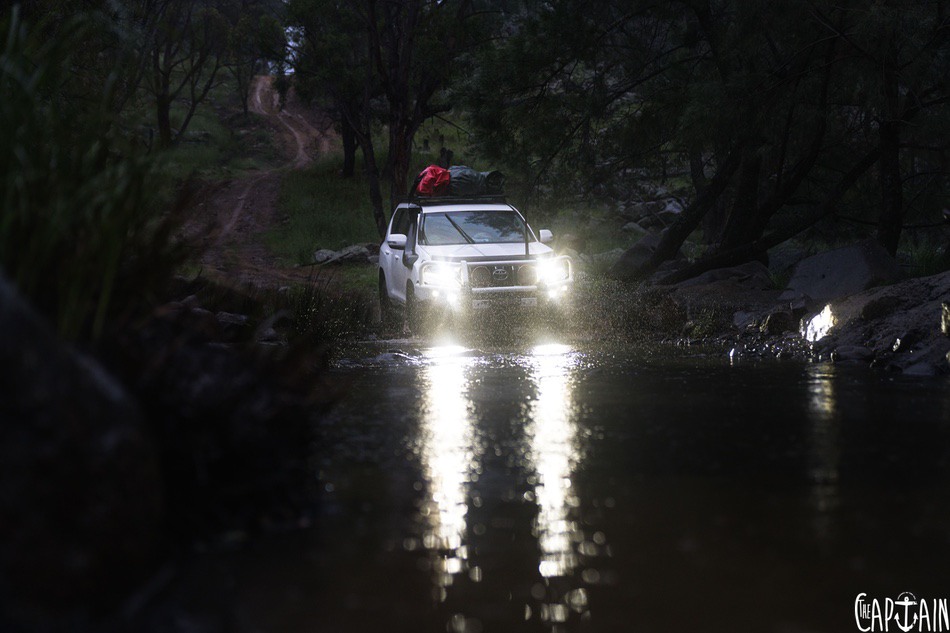
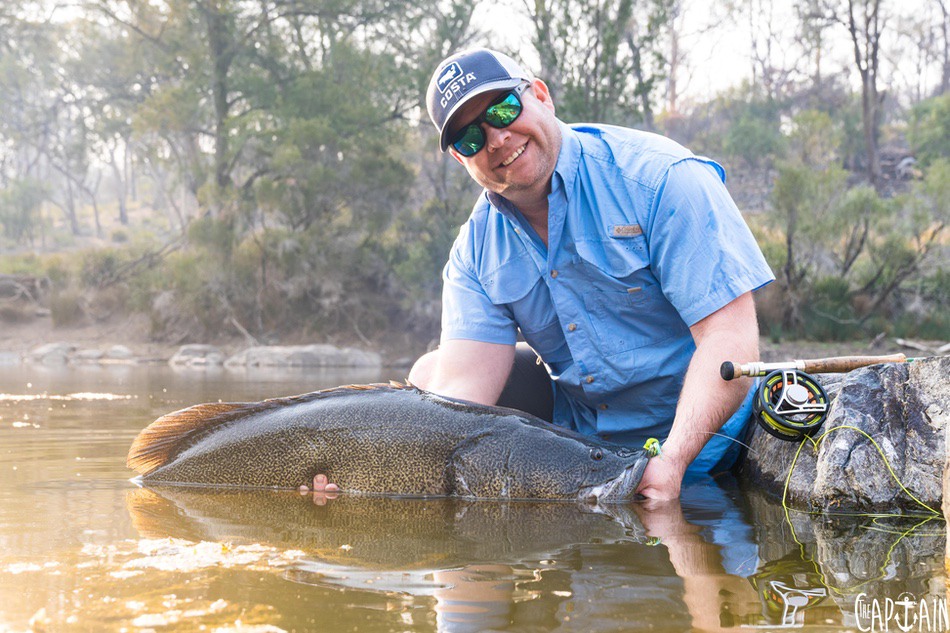


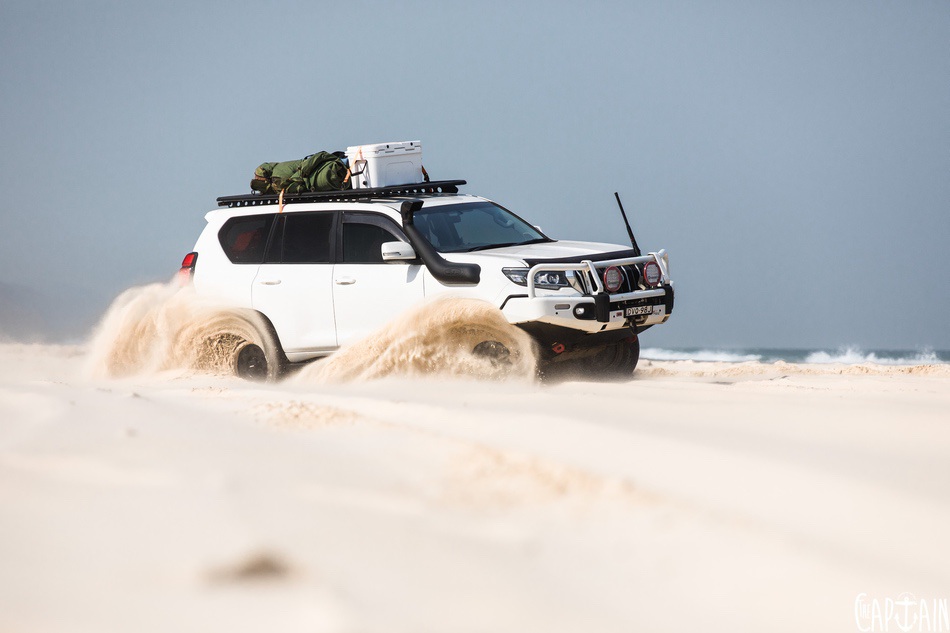
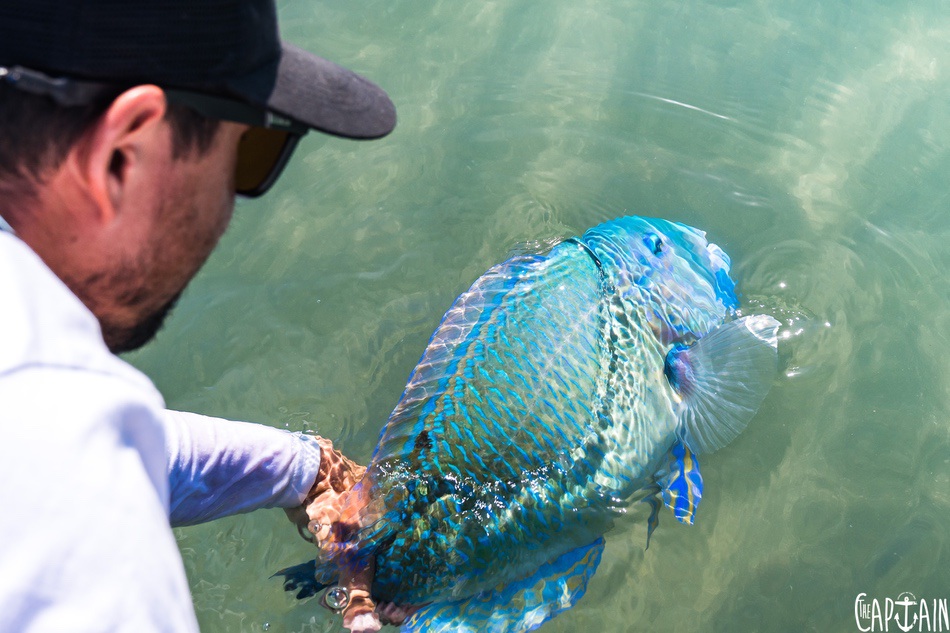
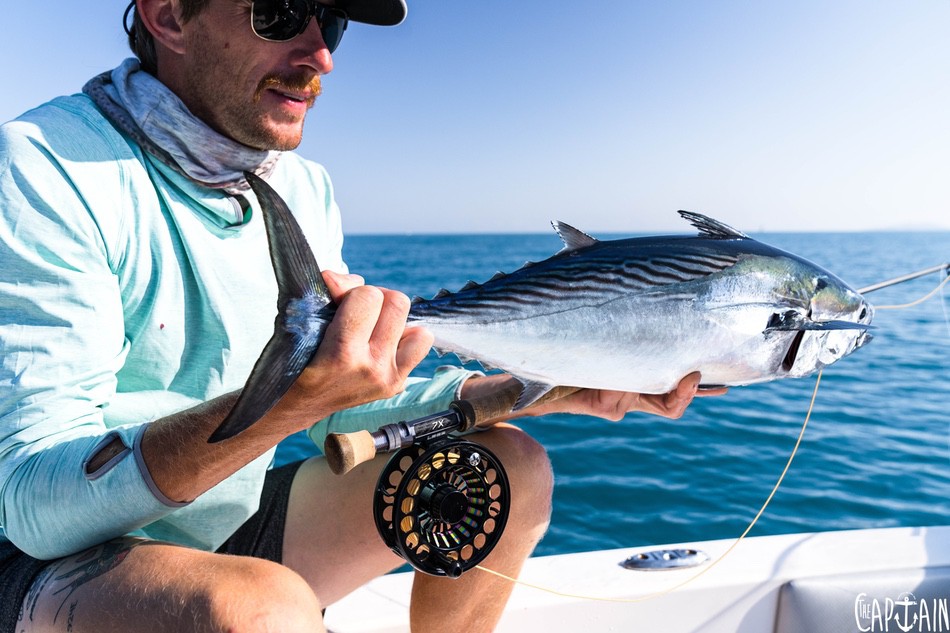
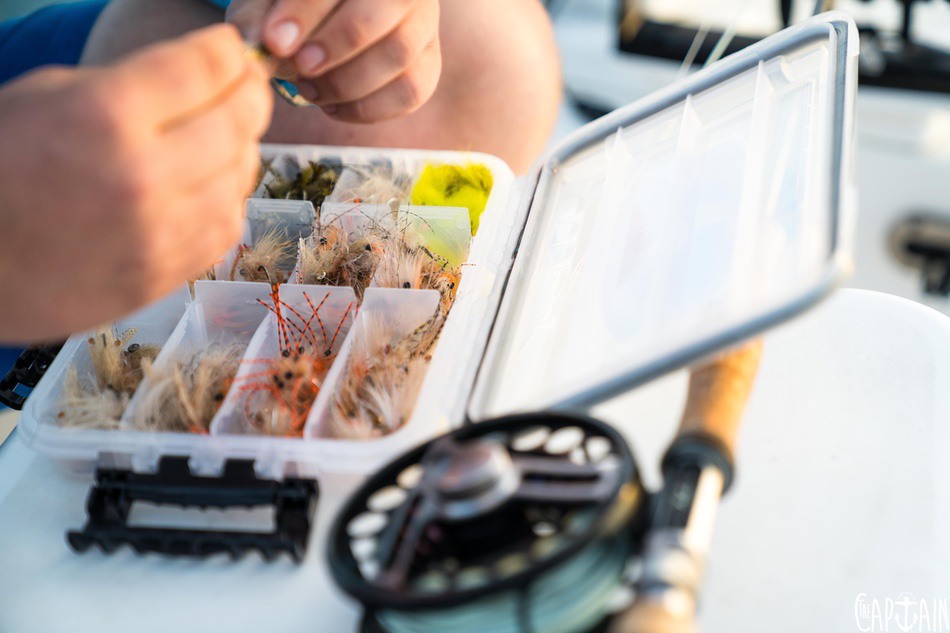

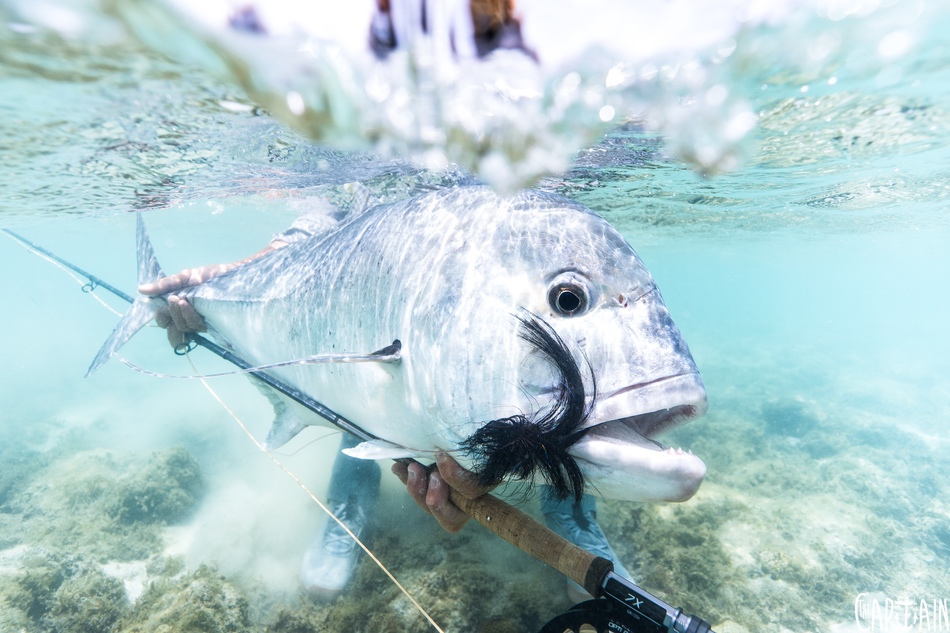
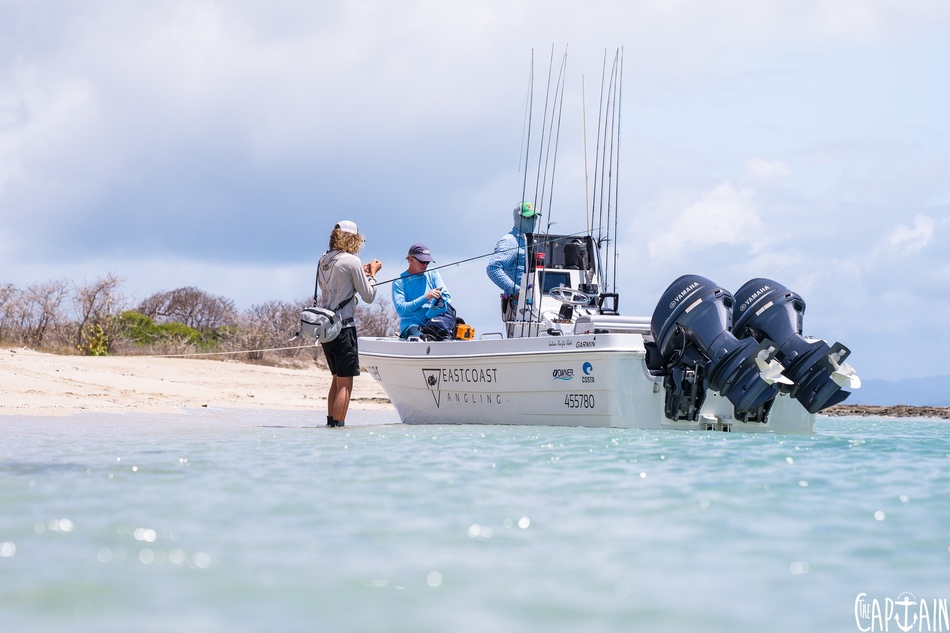
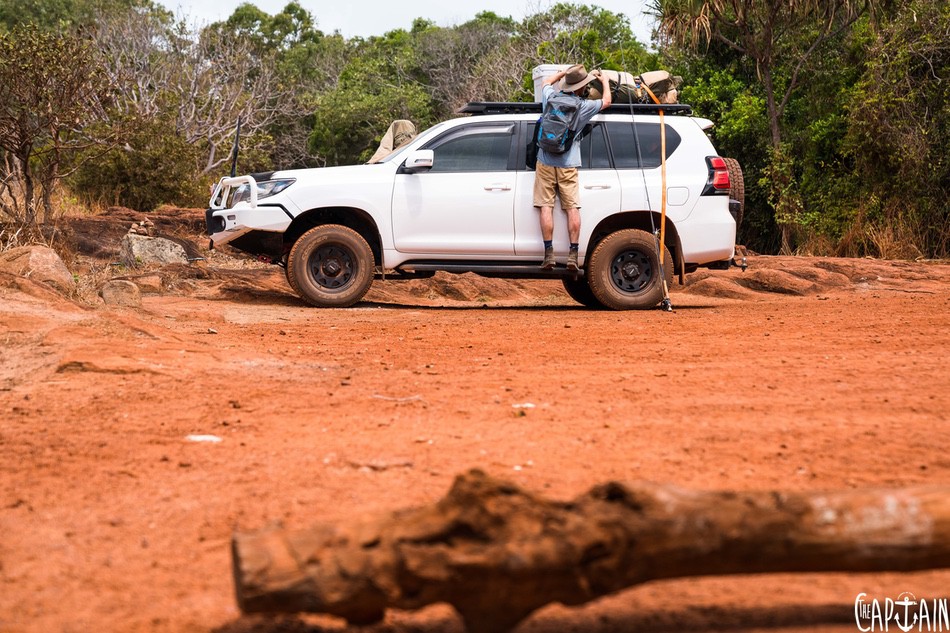
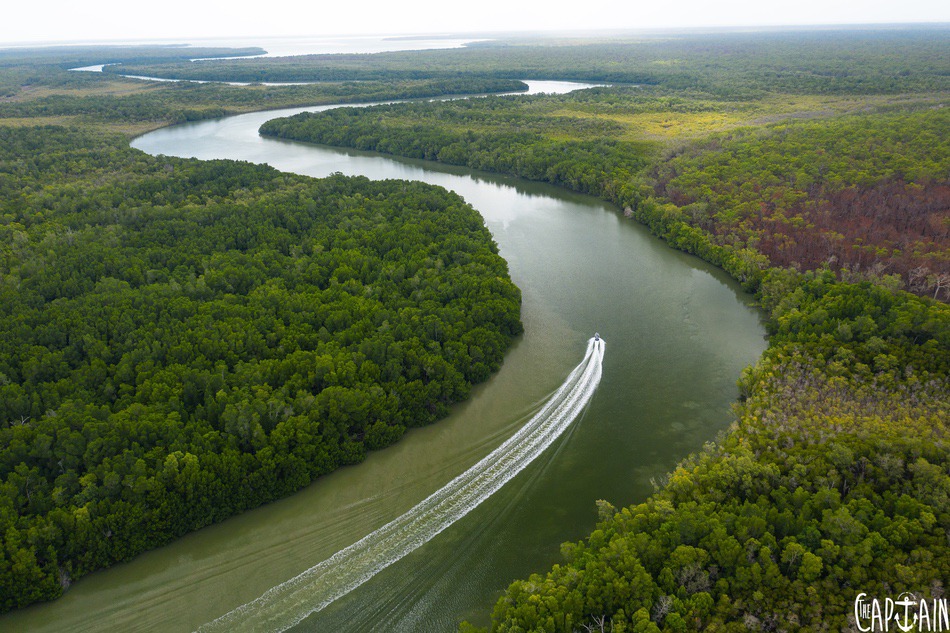

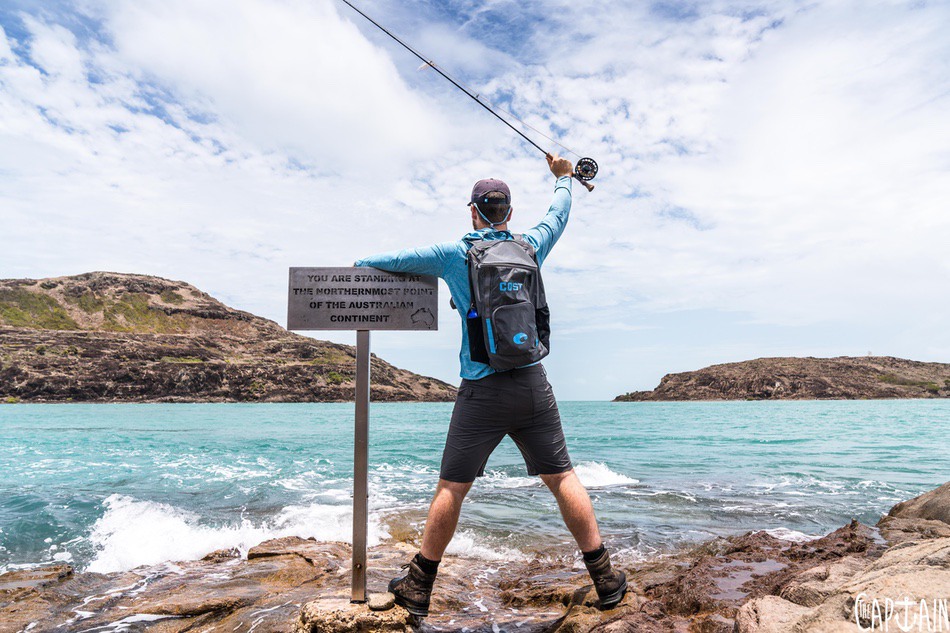
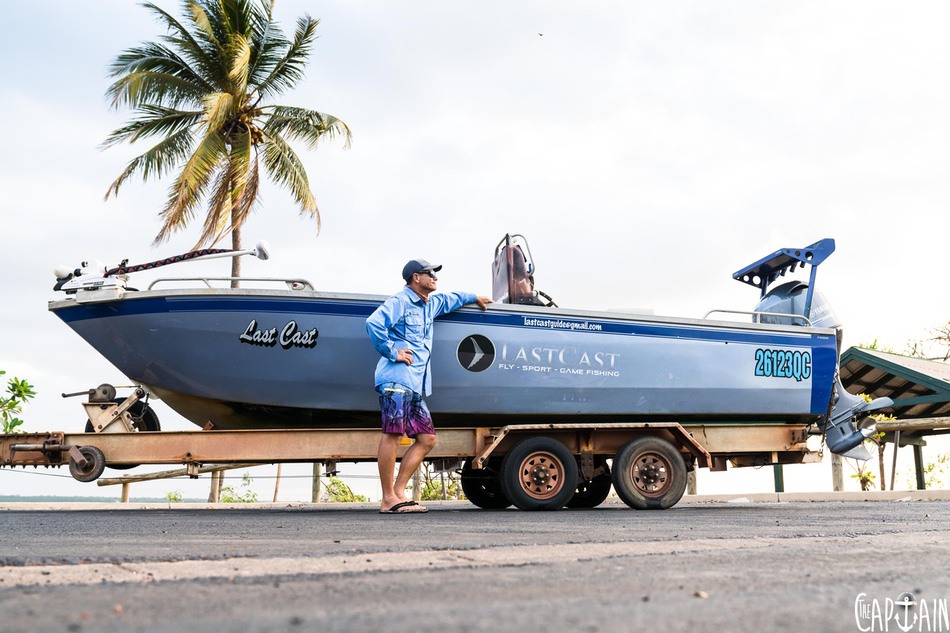

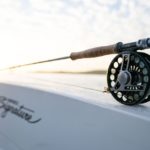
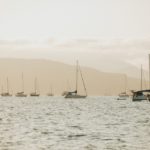
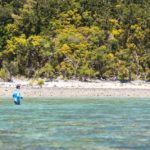
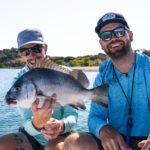
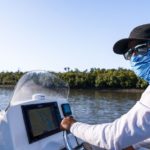
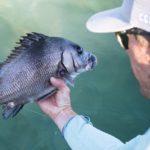
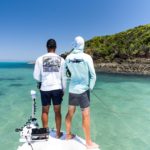
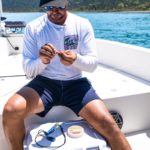
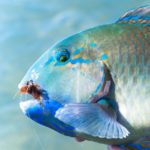
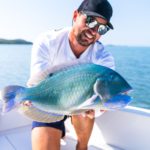
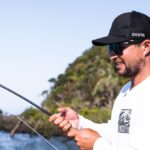
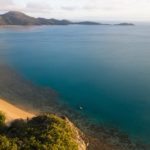
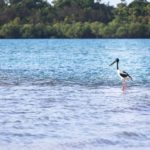
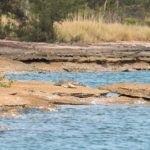
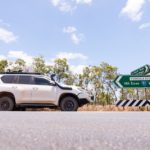
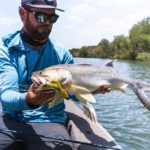
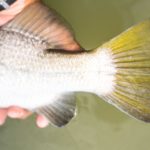
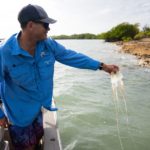
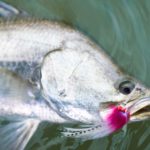
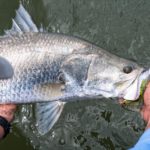
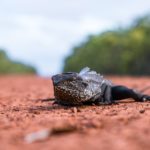
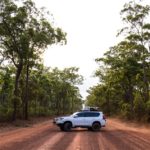
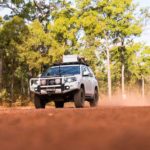
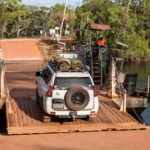
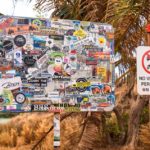
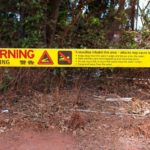
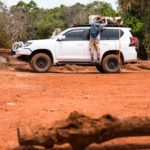
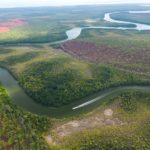

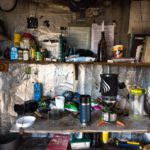
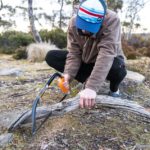
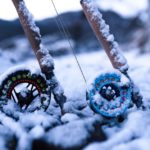
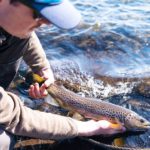
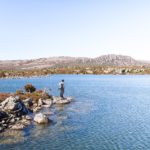
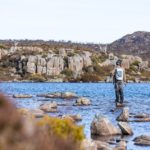
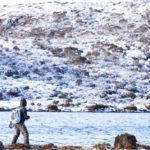
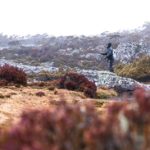
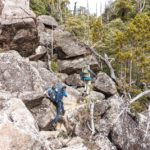
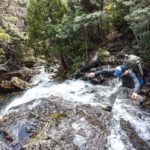
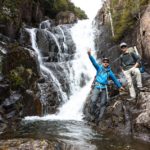
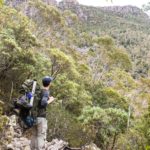
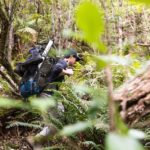
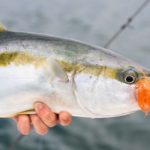
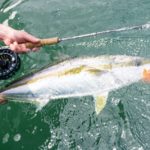
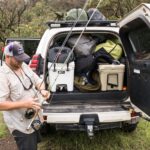
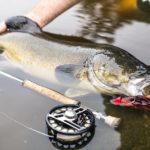
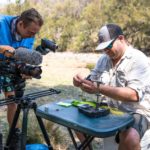
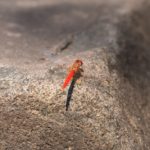

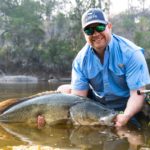
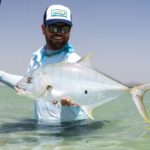
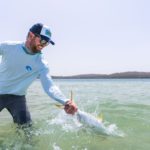
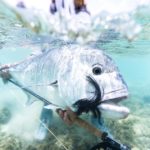
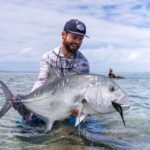
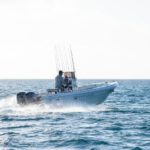
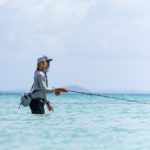
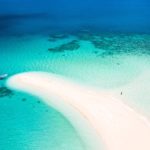
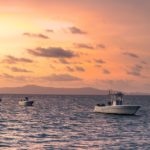
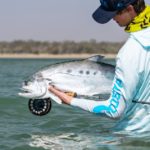
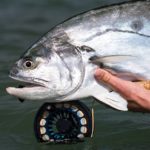
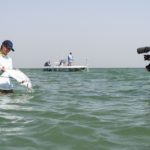
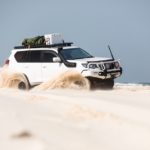
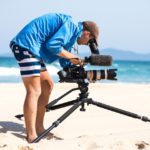
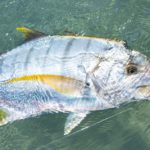
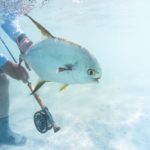
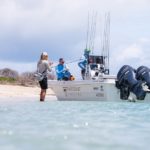
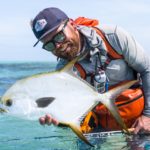
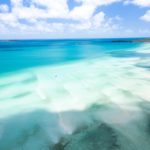
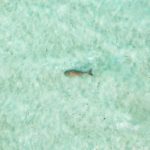
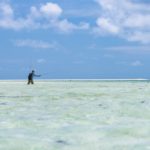
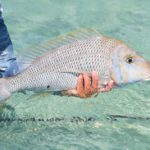
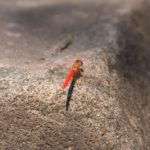
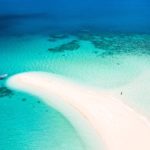
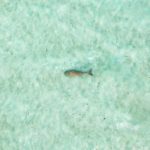
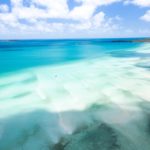
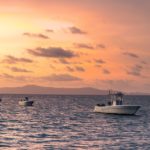
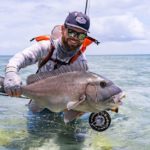
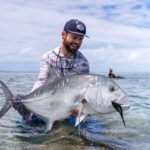
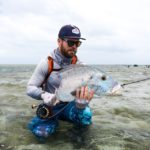
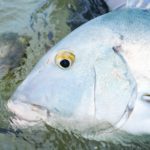
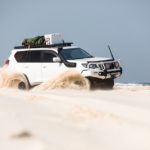
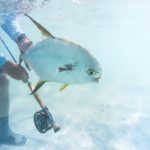
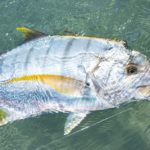
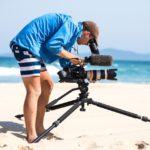
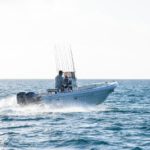
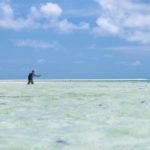
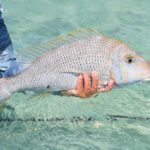
Recent Comments